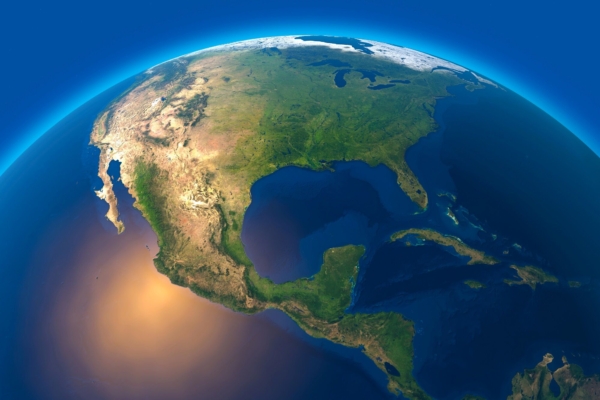A recent study has revealed that over the past 20 years, 21% of the world’s oceans have darkened, posing a significant threat to marine ecosystems and global fisheries, potentially endangering the survival of marine life.
According to the Plymouth University in the UK, changes in the optical properties of the oceans that lead to a reduction in the depth of the photic zone result in ocean darkening. The photic zone serves as the habitat for 90% of marine life and is where sunlight and moonlight facilitate ecological interactions.
In a study conducted jointly by the university and the Plymouth Marine Laboratory, researchers combined satellite data and numerical models to analyze the annual changes in the global depth of the photic zone.
The results indicate that from 2003 to 2022, the color of 21% of the world’s oceans (including large coastal areas and the open sea) has darkened, covering an area exceeding 75 million square kilometers.
Furthermore, over 9% of the world’s oceans (an area larger than 32 million square kilometers, equivalent to the size of the African continent) have witnessed a decrease of over fifty meters in the depth of the photic zone, with 2.6% experiencing a reduction of over one hundred meters.
However, not all oceans are darkening. Approximately 10% of the oceans (covering an area larger than 37 million square kilometers) have become brighter during this 20-year period.
While the specific impacts of these changes are not fully understood, researchers suggest that they could affect the vast marine life on Earth and the entire ecosystem provided by the oceans.
Tim Smyth, director of Marine Biogeochemistry and Observation Science at the Plymouth Marine Laboratory, explains: “If the depth of the photic zone in a large ocean area decreases by around 50 meters, light-dependent organisms will be forced to move to shallower waters, where they will compete for food and other necessary resources. This could potentially bring fundamental changes to the entire marine ecosystem.”
Researchers have spent over a decade studying the effects of artificial nighttime light on global coastlines and oceans. They believe that the changes in ocean color may result from a combination of factors such as agricultural runoff and increased rainfall affecting nutrients, organic matter, and sediments near the coasts.
Thomas Davies, Associate Professor of Marine Conservation at Plymouth University, notes: “Previous studies have indicated that the surface color of the oceans has changed over the past 20 years, potentially as a result of changes in plankton communities. However, the evidence provided by our research shows that this shift can lead to a widespread darkening of the oceans, reducing the available marine areas for animals relying on the sun and the moon for survival and reproduction.”
He adds: “We also depend on the oceans and their photic zone for the air we breathe, the fish we eat, our ability to combat climate change, and the overall health and well-being of the Earth. Considering all these factors, our research findings are indeed cause for concern.”
The findings of the aforementioned study were published on May 27 in the Global Change Biology journal.

